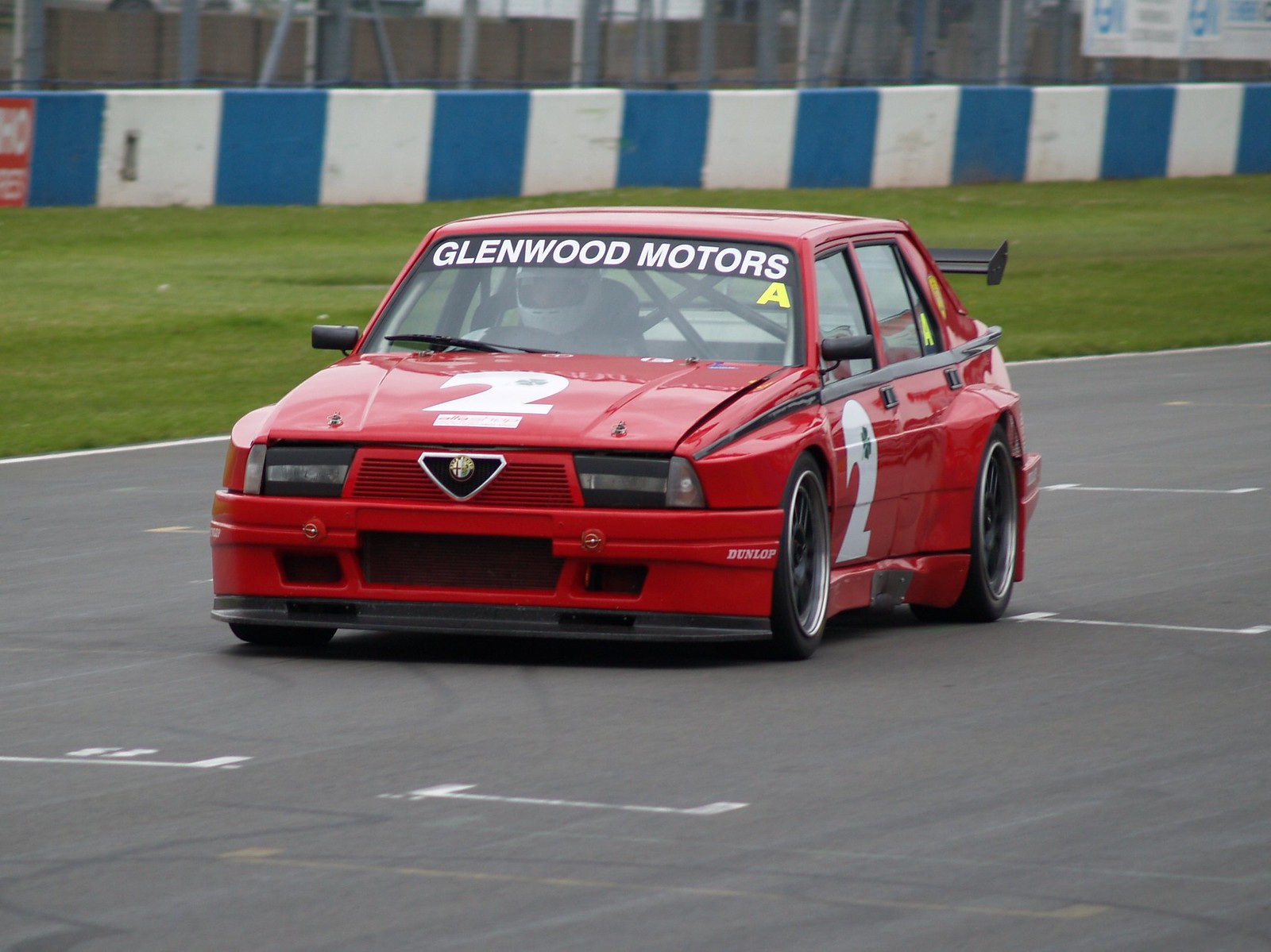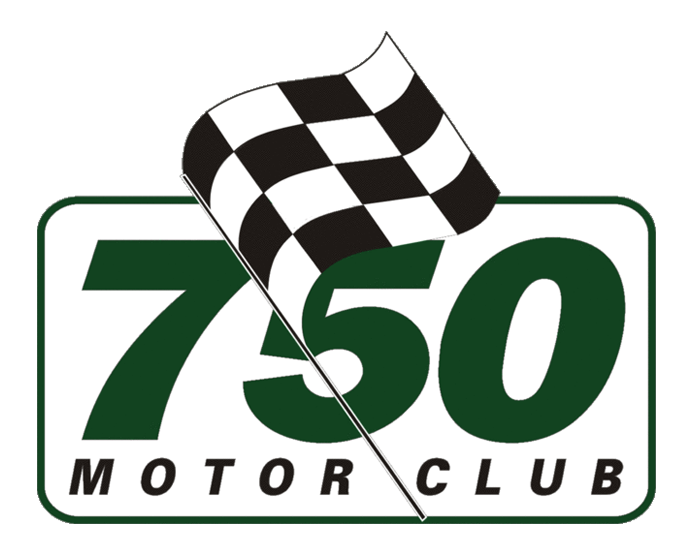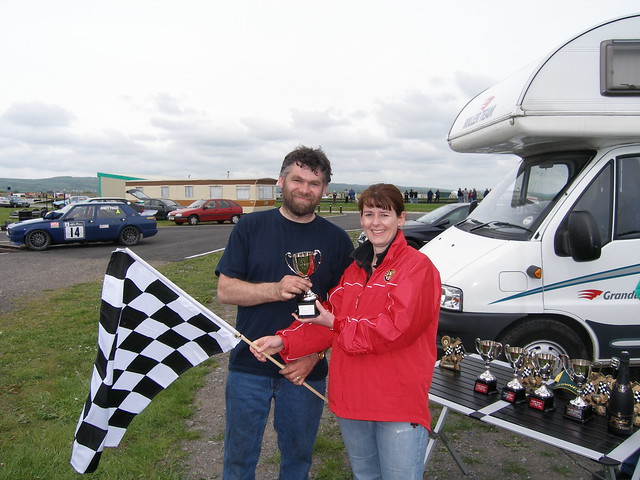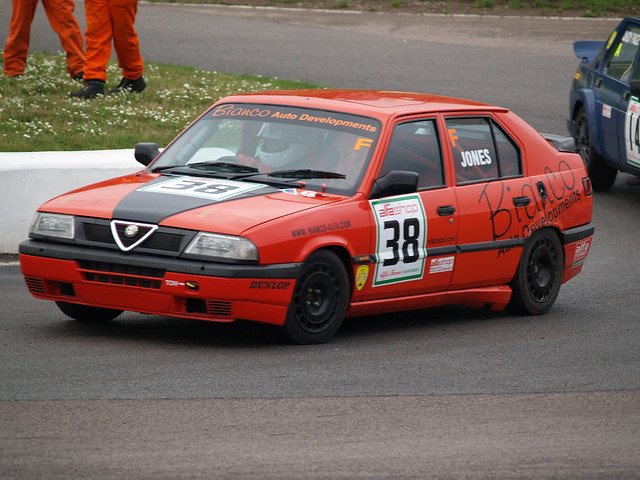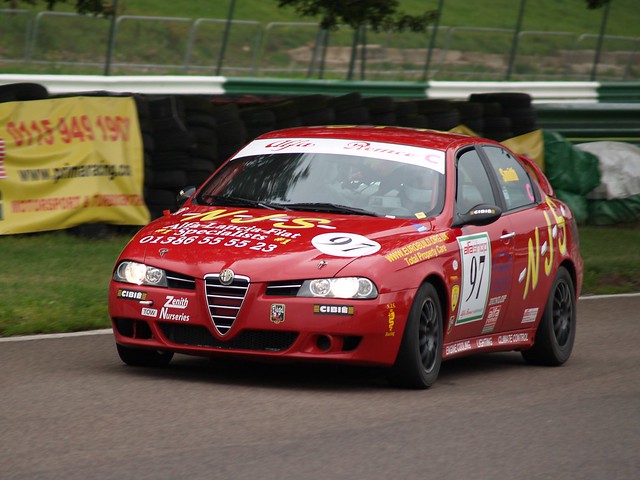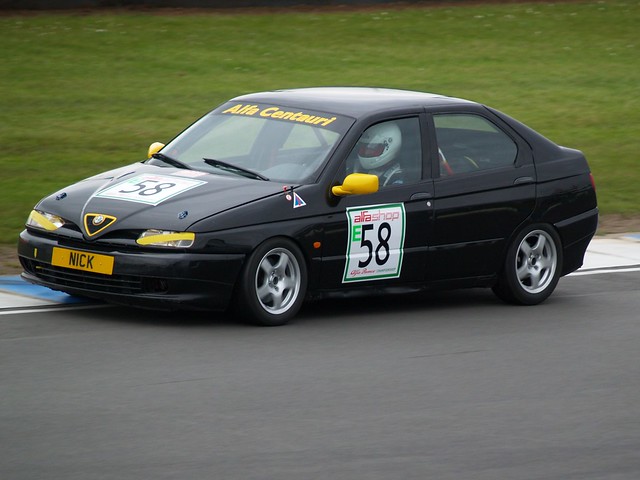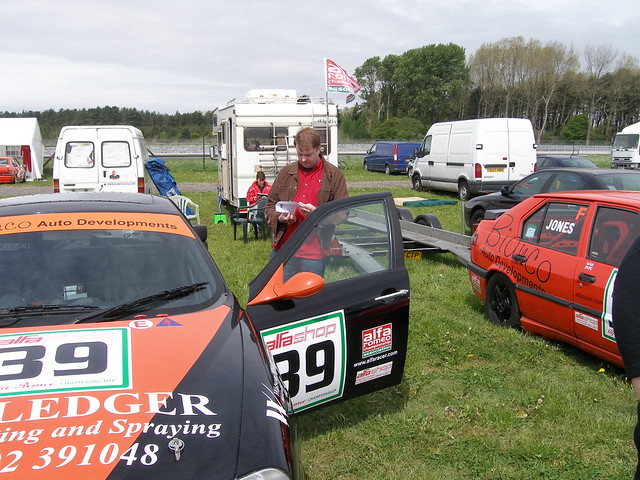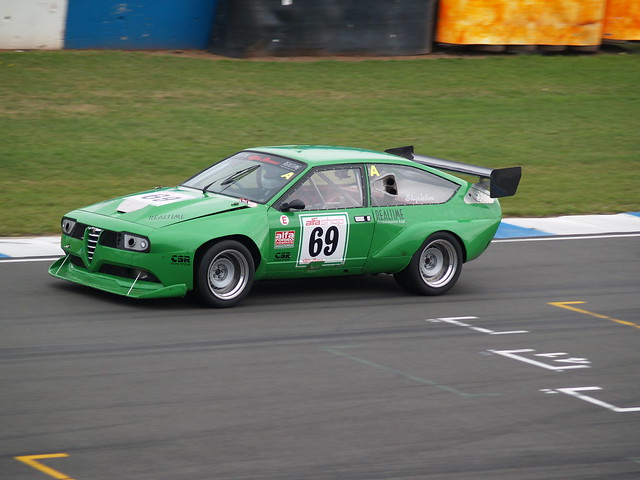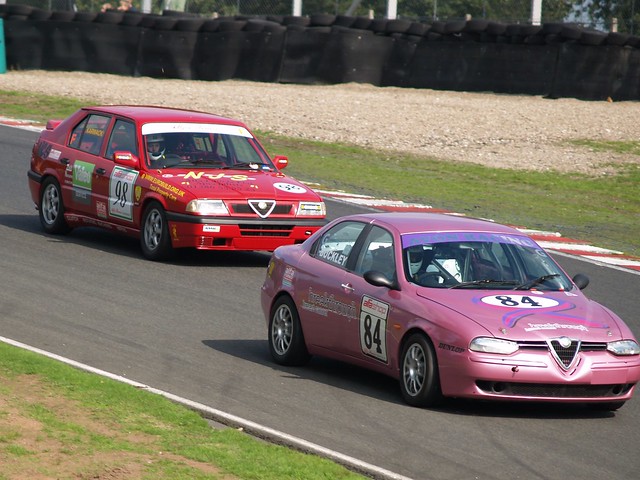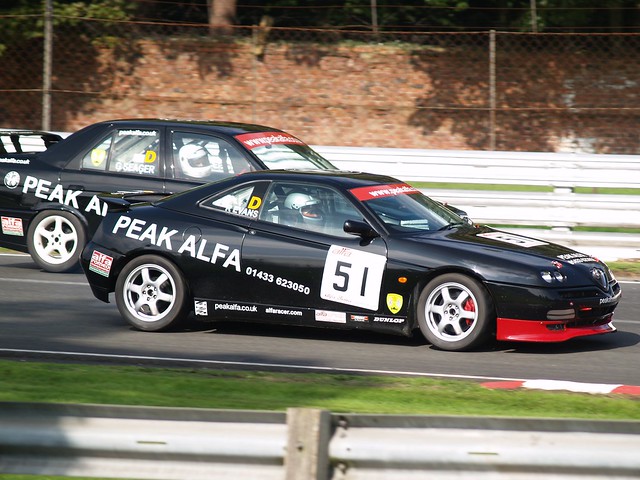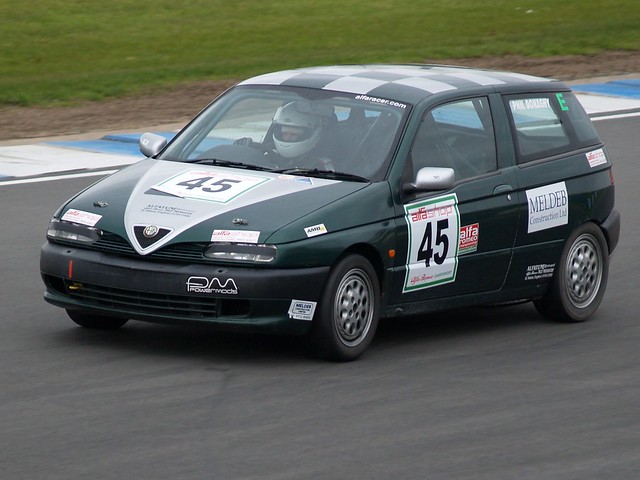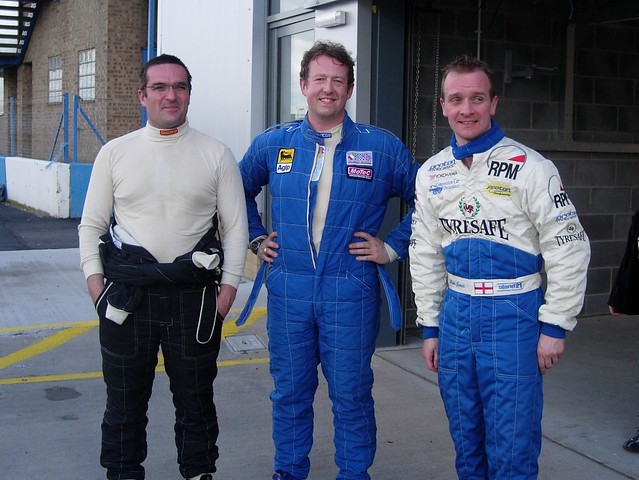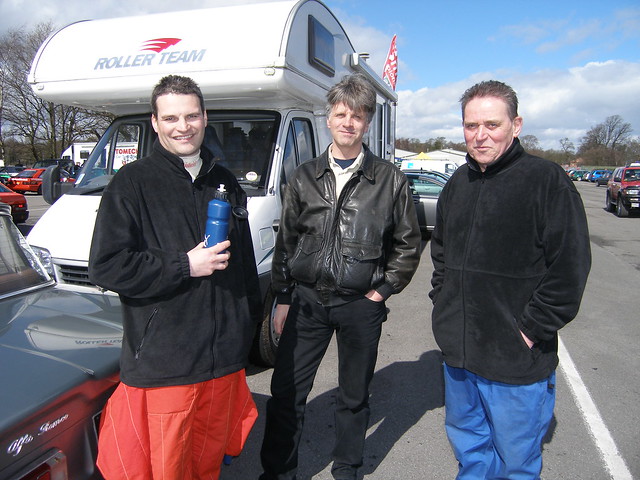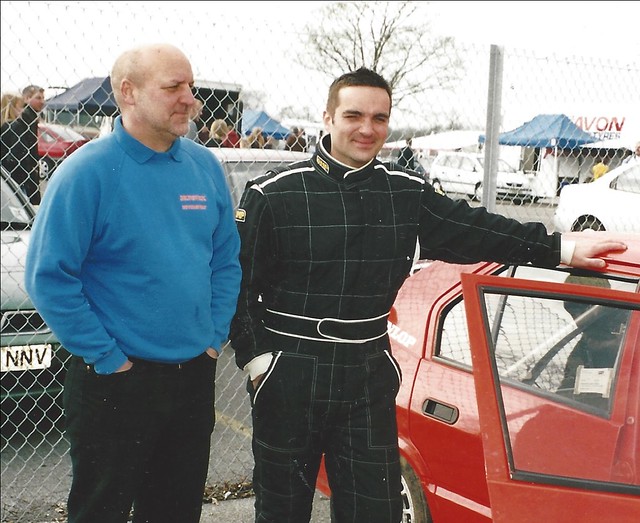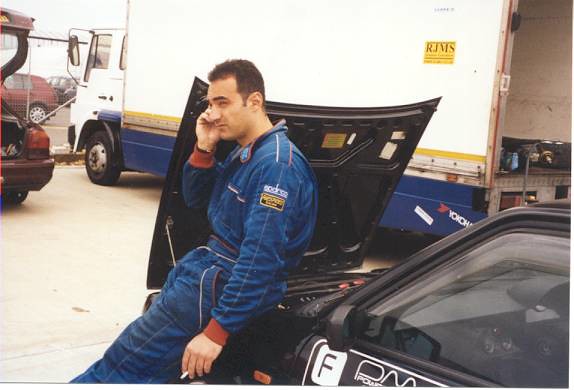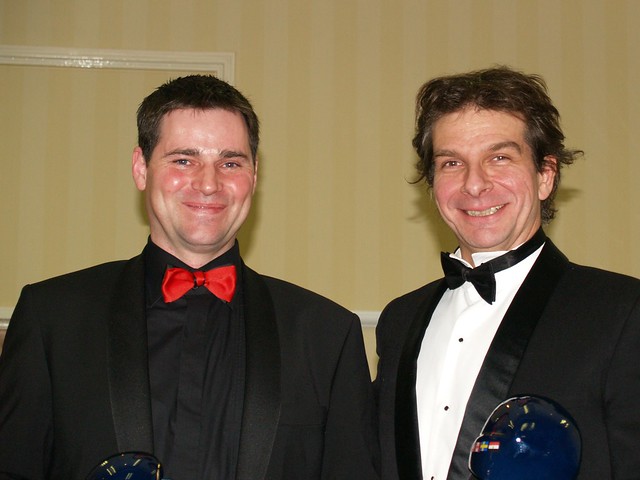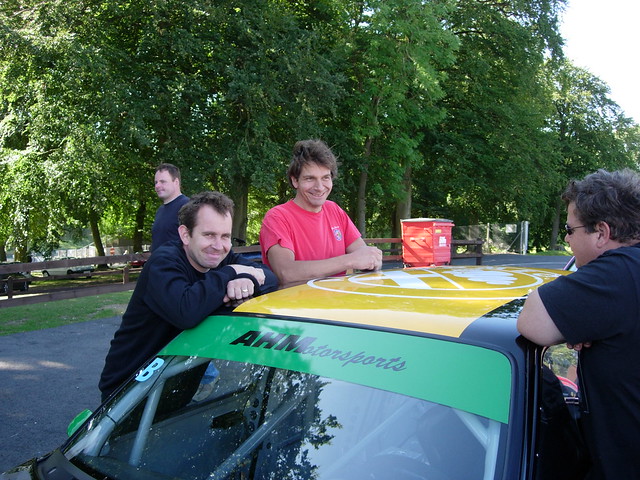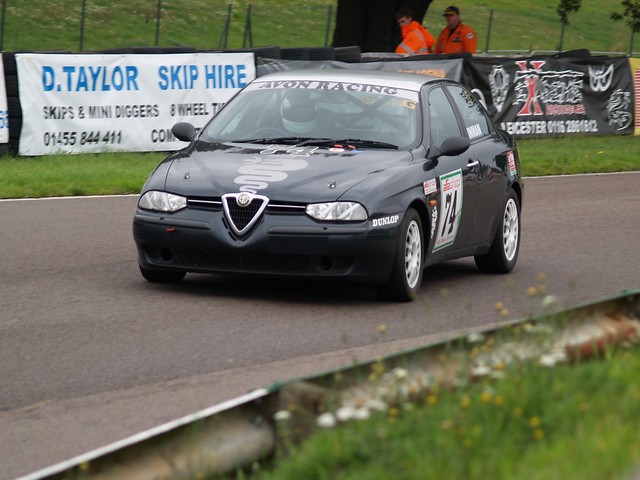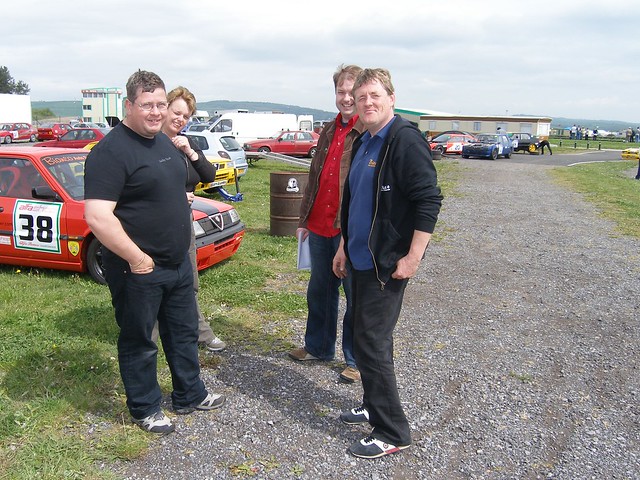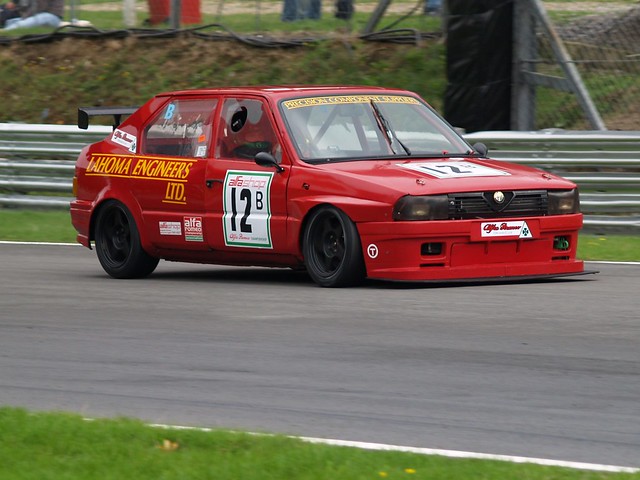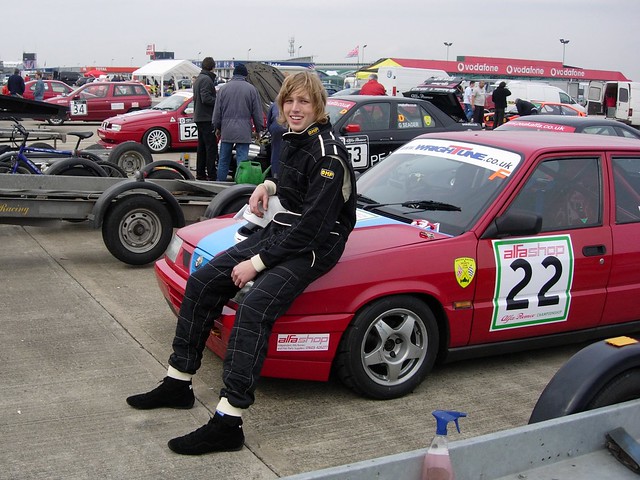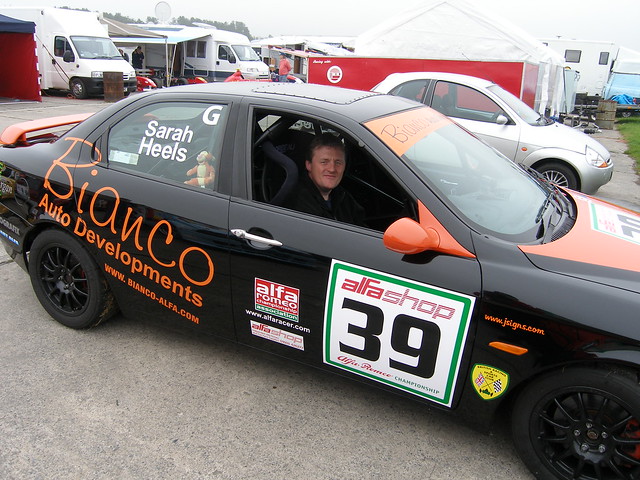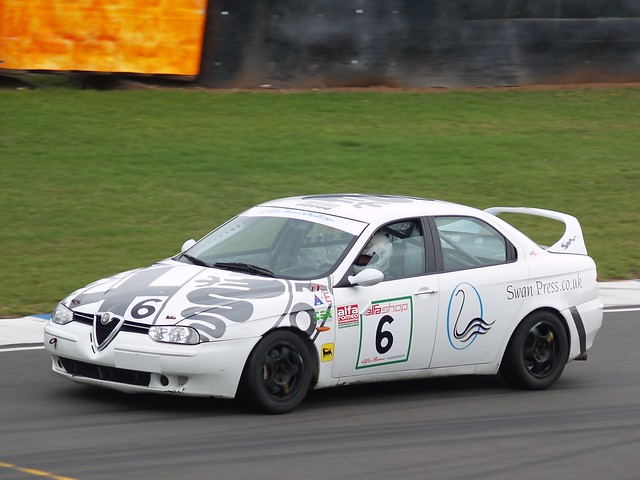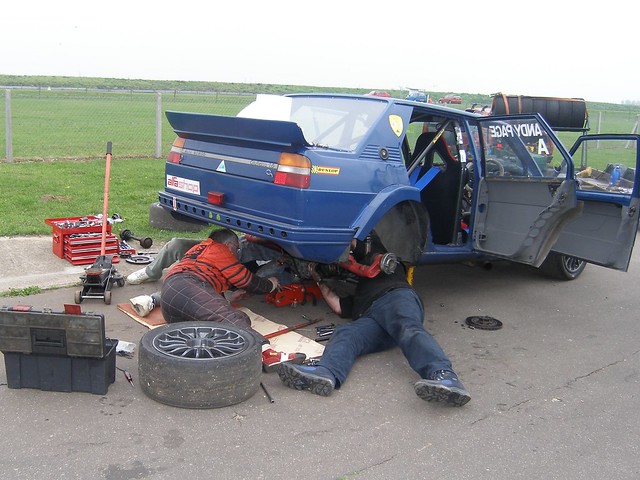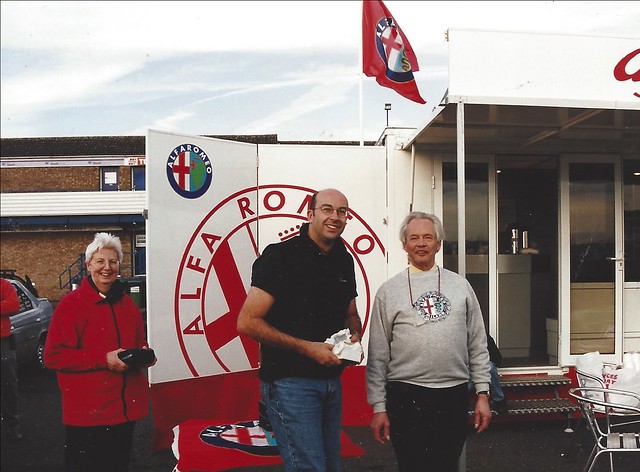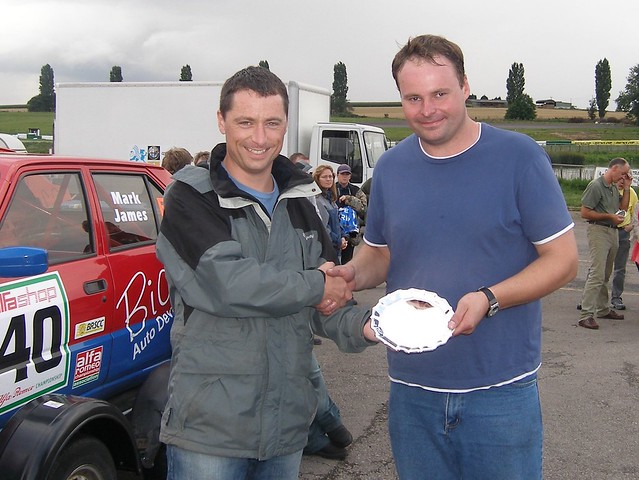January seems to have been a “watch and wait” month but we seem to be no nearer knowing just when motor sport in the UK will be able to return to some kind of normality – or at least the version we enjoyed last summer.
Elsewehere in the world, however, there have been events to keep us entertained if we could gain access to them – the Monte Carlo Rally, Daytona 24 Hours and some brilliant racing in New Zealand. At the beginning of March, Formula 1 teams and drivers will hopefully re-assemble in Bahrain for a pre season test with the first Grand Prix of the year due to take place there on March 28th. I get the uncomfortable feeling that it may well be May before our season is permitted to get underway, but that will depend on so many things (statistics, scientists, data, virus mutations, vaccines, political argument to name but a few) over which we have little or no control. However, I have just seen that local elections will go ahead on May 6, which is encouraging. So perhaps we can be optimistic for an April start. But for the moment, let’s ignore all that and take a look at what has been happening and also at a few more pictures from those busy 2005 and 2006 seasons.
Formula 1 due to kick-off in Bahrain – maybe three times!
The Grand Prix season is due to get underway with test days in Bahrain at the beginning of March, but before then there will be many new car launches including the Alfa Romeo C41 which will make its first appearance in Warsaw, in deference to sponsor Orlen, on February 21st. Latest news is that the Portuguese GP may not take place on May 2nd because of a rise of Covid infections in Portugal and could be replaced by a second Bahrain race a week after the first with the planned Imola race moved from April 18 to April 25. This is all a nightmare for the teams and drivers and may, for the moment, just be conjecture.
Powerboat Racing Exhibition at Museo Alfa Romeo
Alfa Romeo has been involved in just about every form of transportation in its 110 year history – cars, aircraft engines, lorries, trolleybuses not to mention dumper trucks and tractors. One area that was very active but has tended to get ignored is that of powerboat racing. It is interesting, however, that as part of the company’s celebrations the Museum at Arese should have planned an exhibition of ten boats that formed part of that history. It first opened in October and closes on February 21st but sadly there are probably few visitors from the UK who will have had the opportunity to see it. Between them, the boats on display have won dozens of World, European and Italian titles as well as many speed records. A major feature of the show is that of the Arno 11 power boat alongside a type 158 Grand Prix car, both using the same supercharged straight eight engine.

Between 1920 and 1980, Alfa Romeo was a major protagonist in powerboat racing, with engines derived from those used in their road and racing machinery. After the war, in particular, engines from the Giulietta, Giulia GTA, 2600.Montreal and V8 33 were all adapted for power boats and it is said (but not easy to verify) that Alfa won more titles on water than off it. The Arese exhibition covers all these power units and the boats into which they were fitted. An interesting fact is that the engine that powered the 158 to its world championships with Farina and Fangio in 1950 and 1951 had already won three world championships on water, taken the Italian title and broken a world speed record with Achille Castoldi as its intrepid driver. In 1938 he had obtained the exclusive use of the 158 engine for all powerboat racing and had also hidden the race cars on his farm in Abbategrasso to shelter them from the bombing of Portello and keep them safe from being taken to Germany while Northern Italy was occupied. After the war, the Arno 11 was also driven by Achille Varzi, taking a podium finish in the Luino Cup in 1948. The boat was retired from competition the following year.

So what else is on show? Prominent is the Louistic 2, built in the Celli shipyard in Venice it used a 1300 Giulietta engine and won three world titles in 5, 10 and 15 mile races in its class. The Molinari-Alfa Romeo built for the Agusta Fortunato Libanori team in 1966 had its bodywork made in aeronautical aluminium alloy by Agusta Helicopters and as a tribute to their co-operation, the tail of the boat flaunts the colours of Alitalia’s airliners. One of the foremost tuners of Alfa powerboat engines was Luigi Raineri and there is an example of his work in a boat that won three European titles in the “runabout” (!) class between 1968 and 1972. Autodelta had now become interested in powerboat racing and from 1970 onwards four “Celli” boat were made using the Montreal engine and driven to much success by Antonio Pietrobelli, including a world championship in 1974. Finally, on show from Alfa Romeo’s own collection, there is the “Popoli Alfa Romeo” which used a 2.5 litre version of the 33 racing engine and with this Leopoldo Casanova set a world record in its class which remains unbeaten at an average speed of 225 kph. A later boat was fitted with two (!) 4 litre V8 engines and was illustrated in the July 1073 issue of “Il Quadrifoglio”, lifting out of the water at speed. One aspect I find odd, is that there is no mention of Mario Varga. He also used a 158, then 159,engined boat to take many successes, including world championships in 1953, 1956 and 1957, thereby extending the 158 engine’s competition life and was the only one I had ever heard of!

The Museum’s “programme” notes, to which I am much indebted for information on Alfa’s activities on water, goes on to another chapter under the heading “From explosive punts to Venetian boats and pleasure boats. On display, for example, is “The Glauco”, an extremely rare monohull built in 1932 and using a 6C 1750 engine. It was a typical lake tourist boat of the time used by wealthy families . Some of the vaporetti in Venice were also Alfa Romeo powered as were – would you believe? – some explosive punts used in the WW2! The Arese exhibition is boosted by collections of models, many photographs and a multitude of documenta. It is all sponsored by the Federazione Italiana Motonautica-Coni with the enthusiastic participation of Museo Barca Lariana – the Lake Como International Museum of Vintage Boats. Maybe they will repeat it one day.

World Touring Cars introduces biofuel for 2021
PI Racing Fuels has become the official fuel supplier for World Touring Cars. This is a two year agreement and will initially introduce a new fuel with 15% renewable components. These are derived from bioethanol and it is the intention of PI to produce a 100% fossil-free racing fuel for WTCR in the future. Martin Poplika, CEO of PI says “we believe the future of racing is fossil-fuel free and we are very pleased to support the World TCR in taking this important step towards a more sustainable future for the sport”.
PURE ETCR announces 2021 Caldendar
The new battery powered ETCR championship has announced its provisional calendar for 2021, as follows –
| June 18-20 | Vallelunga | Italy |
| July 2 – 4 | Zolder | Belgium |
| July 9 – 11 | Motorland Aragon | Spain |
| August 6 – 8 | Copenhagen | Denmark |
| October 15-17 | Injem Speedway | South Korea |
However, there has been silence from Romeo Ferraris about their Giulia based challenger since the original announcement last year and the driver we thought was going to lead the team – Jean-Karl Vernay – has now signed with Hyundai! Does this mean that the programme has been dropped? We shall have to wait and see.
Alfa no longer powering Regional F3 but remain with Formula W
After just two years there has been a major switch by the F3 Regional Championship from Alfa Romeo to Renault power. Renault was the other major contender when the championship was first announced but has obviously now outbid its rival although the chassis will remain as supplied by Tatuus.
Formula W will retain the Alfa Giulietta Turbo power unit, however, and testing is due to start at Valencia in June with an exciting programme that includes being on the F1 support package on several occasions.
More Pictures from 2005 and 2006
What are you doing in Lockdown 3 then?
Back in December I took a look at how I had been occupying my time during the first two lockdowns. Now we are well into lockdown 3, hoping that the continuing “stay at home” message, and the arrival of vaccines will soon produce an improvement in the dire figures that we see each night on TV news or the internet. I would hazard a guess that many of our racers are managing to spend time preparing their cars for the hoped-for season, tucked away in their garages and we already have an interesting group of cars and drivers registered for what we hope will eventually be an excellent season.
Still, for those of us not lying under a 156 or dealing with a gearbox rebuild on our workbench (or actually having to work from home!), it has been a pleasure to continue reading so many of the books that have lain undisturbed for so long except when a quick bit of research is required. Having started with the Chula books of the 1930s I thought I would continue with that fantastic period of racing for a while, so I have now read again the autobiographies of Mercedes drivers Rudi Caracciola, Hermann Lang and Dick Seaman, team manager Alfred Neubauer plus Auto-Union star Bernd Rosemeyer’s illuminating biography by his wife, flier, Elly Beinhorn. Rosemeyer, of course, was killed in early 1938 after three wonderful seasons at the wheel of Auto-Union’s rear engine monsters. He was attempting to take back a speed record when he crashed, depriving motor racing of one of its brightest talents. All these books give us a different insight into these wonderful years but I then came to the autobiography of Italian driver, Piero Taruffi which I found the most enthralling of all.
Piero Taruffi
I think that I saw Taruffi race on four occasions, firstly at the 1952 British Grand Prix meeting at Silverstone when his Ferrari finished second to team mate Ascari in the main event and then went on to win the Formula Libre race in the “Thinwall Special” In 1953 I was at Goodwood on Easter Monday to see him finish 2nd in the Richmond Trophy to Ken Wharton’s V16 BRM, again with the “Thinwall” Ferrari. And finally, when I was making my first visit to Monza for the Italian GP in 1956 where he had received an invitation from Tony Vandervell to drive the third Vanwall alongside Harry Schell and Maurice Trintignant. This was a year when the full road course and banking were being used and I remember watching how much the Vanwalls in particular were bouncing as they navigated the banked part of the track where it crossed the road circuit. It looked extremely dangerous to me and I was not especially surprised when two of the cars, including Taruffi’s, succumbed to suspension failure. I couldn’t know it at the time, that this was to be his last World Championship race as he retired from racing after winning the Mille Miglia for Ferrari in 1957.

Taruffi’s autobiography, “Works Driver” which I heartily recommend covers his career which started in 1923 (at the age of 17) with a humble Fiat before moving into motorcycles with an AJS 350 in 1925. There followed several phenominally successful seasons with Guzzi and Norton 500cc machines before he was suddenly invited by Enzo Ferrari to join his team of Alfa Romeos and thus began a period when he raced not only Alfas but also Maseratis, factory Bugattis while never totally giving up his career on bikes He took numerous world records between 1935 and 1939, mostly with some pretty amazing looking streamlined Gileras and at speeds of over 150 mph, describing alarming front wheel wobble in the days of basic aerodynamics. In 1937 Taruffi also became racing manager for Gilera, a job that he continued after WW2 and had such riders as Geoff Duke and Reg Armstrong as his star riders. He didn’t give up racing cars, however, and was involved in the Cisitalia project in 1946/7 while taking part in Grand Prix with Ferrari and Alfa Romeo (with the 158) and finally with Mercedes for a couple of races with the W196 in 1955, finishing 4th in the British GP at Aintree and then 2nd at Monza. However, it was in long distance road races that Taruffi really shone, gaining wins with Ferrari, Lancia and Maserati in the Tour of Sicily and the Targa Florio. His level of preparation, often accompanied on recces in later years by his wife Isabella, is well demonstrated in the book and it was his promise to her that he would retire if he won the Mille Miglia that brought the end of his racing. He took that previously elusive win for Ferrari in 1957. But this was not before he had embarked on some more record braking with the twin-boom Tarf1 and Tarf2 four wheel machines that brought over thirty world records between 1948 and 1957.

I also have a book written by Prisca Taruffi, Piero’s daughter born in 1959, which complements “Works Driver”. The translation from the Italian original is somewhat quirky but there are some excellent evocative period photographs Prisca became quite a successful driver herself in Italian touring car championships and in 2003 was invited to become part of a Scuderia de Portello team, alongside Arturo Merzario and Clay Regazzoni that was going to Mexico for a celebration of the Carrera Panamericana – that wild road race that became so much a favourite of her father. It was in 1950 that he took part in his first Carrera with an Alfa Romeo 2500 “Freccia d’Oro”, finishing 4th but over the next few years he raced Ferrari, Lancia and a Ford in this most demanding of all races, winning with a Ferrari in 1951 and finishing 2nd in a Lancia the year after. If you look up “Prisca Taruffi” on the internet, you will find footage of that “return” to the Carrera with Prisca at the wheel of a Giulietta Sprint with which she won her class.

Piero Taruffi was highly regarded in his home country but I think that he never quite gained the recognition that he should have had in the wide motor sporting world. For me, re-reading these two books puts that right. Sadly It seems that the only picture I took of him was at that 1953 Goodwood meeting, bringing the “Thinwall” back into the paddock although I will have look through the negatives of Monza 1956 to see if there is something I have missed.
Now here’s a strange one!
Opening up the BRSCC website the other day to see where they had moved their office to I came across what I thought at first glance to be a picture of an Alfa Romeo 158. Then I realised that it wasn’t! So what was this all about? More clarification came in this week’s “Autosport”, with a similar picture and story. It would appear that Ant Anstead, well known as a presenter on Channel 4’s “Wheeler Dealers” which he has just left, has come up with an idea that has been adopted by the BRSCC. Basically, like many of us, Anstead fell in love with Alfa Romeo’s 158 Grand Prix car. He couldn’t buy one, so why not make one? And perhaps not just one, but 15!! His company Dowsett Cars is well known for making bespoke one-off cars of all kinds but even so, there was no way that he could build from scratch 15 straight 8 engines for a one-make, one model series of races, let alone chassis, gearboxes, superchargers, suspension. Bodywork and a spaceframe chassis was probably the easiest bit. So what did he do? Well an easily available engine and transmission (at relatively little cost) was the Mazda MX5 and so that is what Anstead decided to fit, labelling it as the Tipo 184. As a purist, I don’t think I go along with all this but if the plans come to fruition, the first race should be at Cadwell in August. Presumably Alfa Romeo have given their permission but I think I prefer my own memories of the real thing that I watched at Silverstone in 1950 and 1951.
PS: Why has Anstead used Tipo 184 as the title for his enterprise? Somebody should have told him that this was the type number of one of Alfa Romeo’s least successful Grand Prix cars, run by Paolo Pavanello in Benetton colours in 1984/5.
Postscript
A vintage spare (taken at Peckforton Castle during the Eurotrophaeum 1990)

Michael Lindsay
Tel: 01223-891219
E-mail: [email protected]
